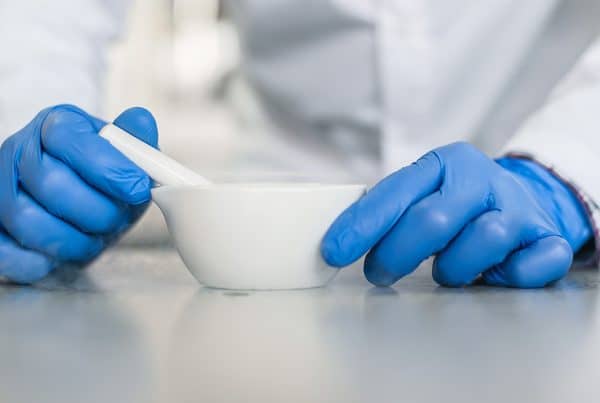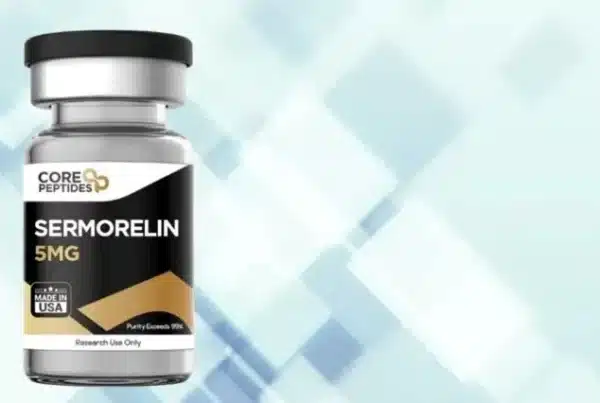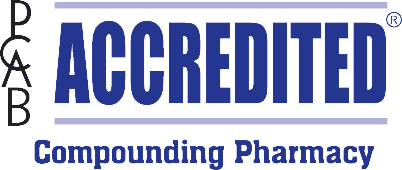Myopia (also known as nearsightedness), is the most common refractive error that usually develops during childhood (5 to 7 years old). It is estimated that 5% of preschoolers and 9% of school aged children have myopia. In the past few years, there has been an increase in myopia in children. While we do not quite know the exact reason why, experts believe that is may be related to higher computer use and playing video games.
So what exactly is myopia?
Nearsightedness occurs when the eyeball is too long from front to back, or grows too quickly in childhood. It also happens when your cornea (the clear window at the front of your eye) is curved too steeply. Many factors can contribute to excess growth such as environment, genetics, or even your child’s individual characteristics. When light enters the eye, light rays fall short of the retina (light sensitive tissue at the back of your eye). Therefore, distant objects appear blurry and close objects appear clear. Nearsightedness can only be diagnosed at an ophthalmologist (MD or DO) or an optometrist (OD). Adult onset myopia is typically attributed to a large increase in close work (such as studying for exams or working on a computer all day).
COVID-19 and myopia
Many schools offered virtual learning alternatives and have increased more screen time work. This can lead to an overall increase in childhood myopia. Encourage your children to take breaks in-between school work and with computer or television usage.
Symptoms or signs of nearsightedness:
– Headaches;
– Nausea after reading or screen time;
– Holding books or screens very close to face;
– Squinting when things are far away.
While nearsightedness cannot be cured or reversed, it can be treated. Your goal for treatment is to improve vision and prevent it from getting worse for your child. Glasses or contact lenses can be used anytime to help your child see further away.
Low-dose atropine eye drops, a specialty compounded prescription, is one of the best treatment options for your child. Low-dose atropine can significantly slow the progression of myopia in children to help prevent severe near-sightedness.
Advantages to low-dose atropine include:
– Low occurrence of ocular and systemic side effects;
– Non-invasive alternative to corrective lens and laser surgery;
– About 90% of children treated with atropine drops experience a decrease in the progression of their myopia by 50% (source: American Academy of Ophthalmology). Read more from AAO here.
Preston’s Pharmacy is proudly announcing the compounding of low-dose atropine ophthalmic solution 0.01% to 1%. Call us today for a low-dose atropine for childhood near-sightedness (myopia).







